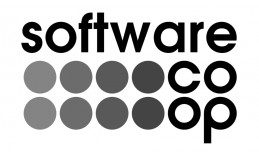There are three basic systems:
The first is slick and easy to use, but fiddly to set up correctly and if you want to do something that its makers don’t want you to, it’s rather difficult. If it breaks, then fixing it is also fiddly, if not impossible and requiring complete reinitialisation.
The second system is an older approach, tried and tested, but fell out of fashion with the rise of the first and very rarely comes preinstalled on new machines. Many recent installations can be switched to and from the first system at the flick of a switch if wanted. It needs a bit more thought to operate but not much and it’s still pretty obvious and intuitive. You can do all sorts of customisations and it’s usually safe to mix and match parts. It’s debatable whether it is more efficient than the first or not.
The third system is a similar approach to the other two, but simplified in some ways and all the ugly parts are hidden away inside neat packaging. These days you can maintain and customise it yourself without much more difficulty than the other systems, but the basic hardware still attracts a price premium. In theory, it’s less efficient than the other types, but in practice it’s easier to maintain so doesn’t lose much efficiency. Some support companies for the other types won’t touch it while others will only work with it.
So that’s the three types of bicycle gears: indexed, friction and hub. What did you think it was?


